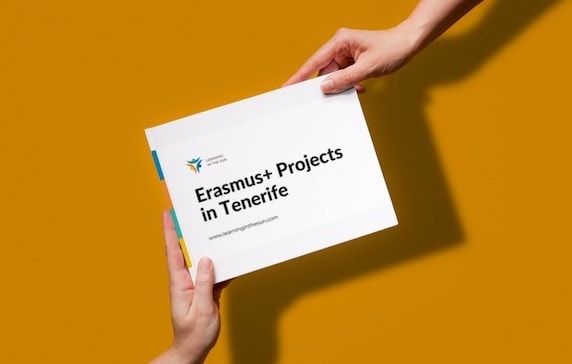“Culture” here is defined in the broadest possible sense, encompassing race, ethnicity, nationality, language, religion, class, gender, sexual orientation, and exceptionality. As part of this course, we will discover how to create an inclusive environment where all cultures feel accepted.
The teachers will learn how to manage a multicultural classroom and enhance its effectiveness. For instance, teachers may modify or incorporate lessons to reflect the cultural diversity of students. We will learn how to understand and manage emotions, and how to deal with different types of personalities.
Moreover, in order to improve the relationships between peers, we will engage in various activities to learn how they relate and interact. We will provide several resources to create a game-based practice that fosters acceptance, appreciation, and affection in the school, allowing every student to be themselves and express their unique culture in a way that is both inclusive and supportive.
In 30 hours during one week, we will cover all of the stages involved in teaching:







* paid activity
1-Week Course
We are working on the next dates, please stay tuned.
Right next to the Botanical Garden in Puerto de la Cruz, Tenerife, is the FU International Academy where your course takes place. You’ll study in a relaxed atmosphere in an international setting. During your break you can enjoy the conversation with your classmates on the sun terrace of our own cafetería, the FU Café.
The acquired tools and techniques can be further implemented at work with children, colleagues or adult students.
The base course price is indicated above and includes all the features listed below the price.ᅠ
We can arrange additional services for you, such as accommodation (hotels & self-catering apartments), half-day and one-day trips, cultural activities, airport transfer, and local transportation. Most of them can be added during the booking process.

We take your privacy seriously. See our Privacy Policy.